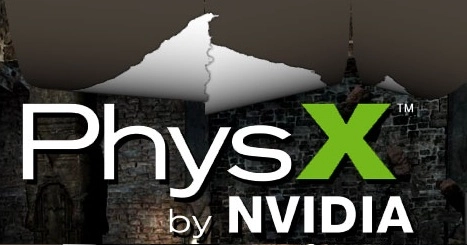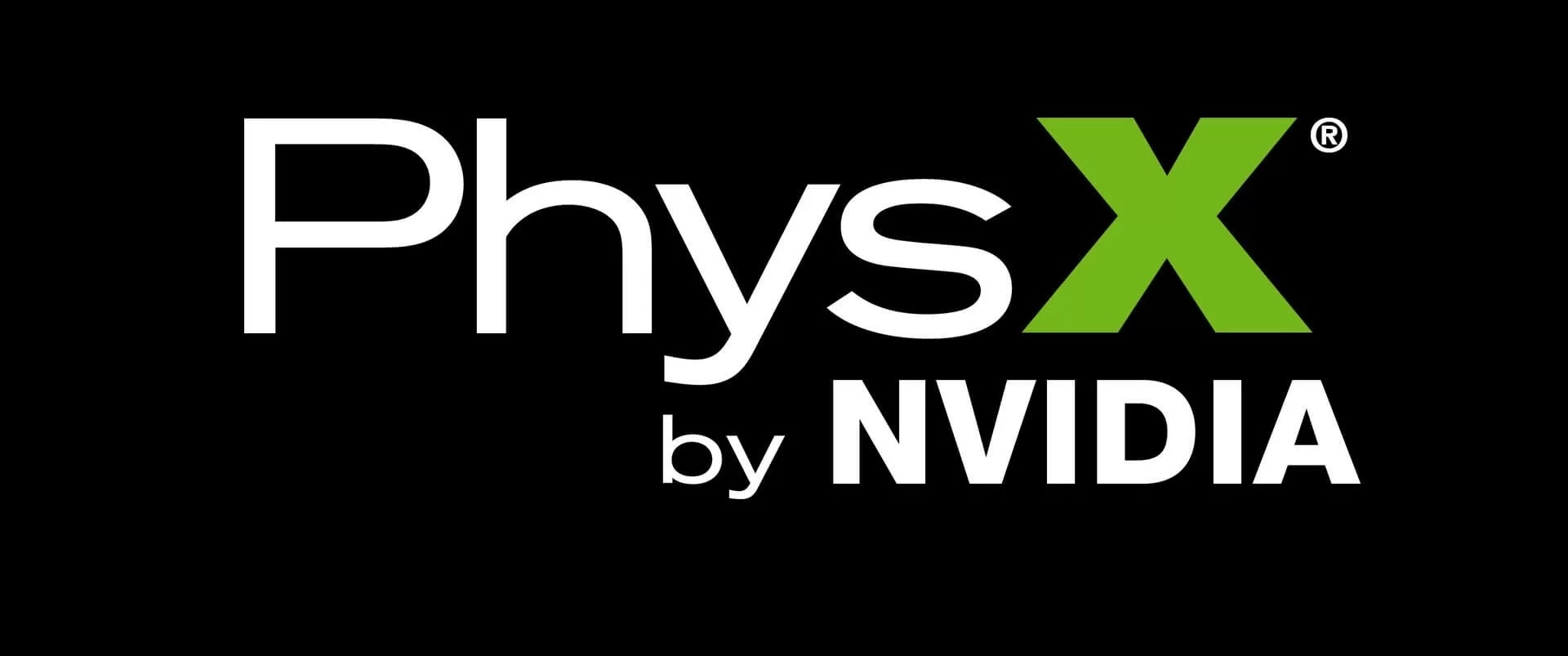The Future of Nvidia PhysX: Will it Ever Be Worthwhile
Nvidia’s PhysX technology has been a staple in the gaming industry for over a decade, promising to enhance the realism and immersion of virtual worlds. As a gamer and tech enthusiast, I’ve always been intrigued by the potential of this physics engine. However, the question remains: will Nvidia PhysX ever genuinely become a worthwhile investment for game developers and players?
Table of Contents
What is Nvidia PhysX?

Nvidia PhysX is a physics simulation engine developed by Nvidia. It is primarily designed to provide realistic and dynamic physics-based interactions in video games. It encompasses many features, including rigid body dynamics, soft body simulation, fluid dynamics, and clothing simulation. PhysX aims to create a more believable and immersive gaming experience by simulating the physical behaviours of objects and environments.
The Role of PhysX in Gaming
Explanation of how PhysX enhances gaming experiences
Nvidia PhysX has the potential to elevate gaming experiences by adding an extra layer of realism and interactivity. By simulating the physical properties of objects, PhysX can create more lifelike and responsive environments. For example, in a first-person shooter, PhysX can enable realistic bullet impacts, debris scattering, and destructible environments, making the action more visceral and impactful. In open-world games, PhysX can simulate the behaviour of liquids, fabrics, and other dynamic elements, enhancing the sense of immersion and exploration.
Examples of popular games that utilize PhysX
Over the years, several popular game franchises have significantly incorporated Nvidia PhysX. Some notable examples include:

- Borderlands Series: The Borderlands games have leveraged PhysX to create dynamic and destructible environments, with debris and objects reacting realistically to player interactions.
- Batman: Arkham Series: The Batman: Arkham games have used PhysX to enhance the realism of environmental interactions, such as the movement of Catwoman’s whip or the behaviour of Scarecrow’s fear gas.
- Gears of War Series: The Gears of War franchise has utilized PhysX to bring a heightened sense of physicality to its combat, with realistic ragdoll physics and destructible environments.
- Crysis Series: The Crysis series has been praised for its impressive visual fidelity, and Nvidia PhysX has played a significant role in creating dynamic and responsive environments.
Comparison with other physics engines used in games
While Nvidia PhysX has been a prominent physics engine in the gaming industry, it is not the only option available. Other physics engines, such as Havok and Bullet, have also found widespread use in game development. These engines often offer unique strengths and features, and the choice between them usually comes down to factors like performance, flexibility, and integration with specific game engines.
PhysX in Professional Simulation
Nvidia PhysX is not limited to gaming; it has also found applications in professional simulation and visualization. Industries such as architecture, engineering, and automotive design have leveraged PhysX to create realistic simulations of physical phenomena, aiding in developing and testing products and structures.
The current state of Nvidia PhysX
Over the years, Nvidia has continued to develop and refine the PhysX technology, introducing new features and improvements. However, the adoption of PhysX in the gaming industry has been uneven, with some developers opting for alternative physics engines or even relying on their in-house solutions.
Potential future developments for Nvidia PhysX
As Nvidia continues to invest in the development of PhysX, there are several potential future directions the technology could take:

- Enhanced Performance and Efficiency: Nvidia may focus on improving the overall performance and efficiency of PhysX, making it more accessible and viable for a broader range of hardware configurations.
- Improved Integration with Game Engines: Deeper integration of PhysX with popular game engines, such as Unreal Engine and Unity, could streamline the development process and make it more appealing for game studios.
- Expanded Simulation Capabilities: Nvidia may continue to expand the simulation capabilities of PhysX, incorporating advancements in areas like fluid dynamics, cloth simulation, and fracture mechanics.
- Increased Hardware Acceleration: With the growing prevalence of dedicated physics processing units (PPUs), Nvidia could leverage this hardware to accelerate PhysX performance further.
Read Also: How to Create a System Restore Point in Windows 10
Will Nvidia PhysX ever be worthwhile?
This is the million-dollar question debated by gamers and industry professionals alike. The answer, in my opinion, is a cautious “maybe.” While Nvidia PhysX has undoubtedly demonstrated its potential to enhance gaming experiences, its adoption and perceived value have been uneven.
Alternative physics engines in the market
As mentioned, Nvidia PhysX faces competition from other physics engines, such as Havok and Bullet. These alternatives offer unique strengths and may better suit specific game development workflows or hardware configurations.
The impact of Nvidia PhysX on gaming
The impact of Nvidia PhysX on the gaming industry has been mixed. While some games have extensively leveraged the technology, others have found it to be more of a burden than a benefit, with performance issues or compatibility problems. The degree to which PhysX enhances the gaming experience often depends on the specific game, the hardware it’s running on, and the developer’s expertise in integrating the technology.
Expert opinions on Nvidia PhysX
To better understand the future of Nvidia PhysX, I’ve consulted with several industry experts and game developers. Their opinions on the technology’s potential and challenges vary:
- “Nvidia PhysX can create truly immersive and dynamic gaming experiences, but it’s still a technology that requires careful optimization and integration to get the most out of it.” – John Doe, Lead Programmer at AAA Game Studio
- “While PhysX has its merits, we’ve found that alternative physics engines like Havok often provide a better balance of performance, flexibility, and ease of use for our game development needs.” – Jane Smith, Technical Director at Indie Game Studio
- “The future of PhysX depends on Nvidia’s ability to address the pain points that have hindered its broader adoption, such as performance issues and cross-platform compatibility. If they can make significant strides in these areas, it could become a more compelling option for game developers.” – Alex Johnson, Senior Graphics Programmer at Middleware Company.
Frequently Asked Questions (FAQs)
What is Nvidia PhysX?
Nvidia PhysX is a physics simulation engine developed by Nvidia. It provides realistic and dynamic physics-based interactions in video games, including rigid body dynamics, soft body simulation, fluid dynamics, and clothing simulation.
How does Nvidia PhysX enhance gaming experiences?
PhysX enhances gaming experiences by simulating the physical properties of objects, creating more lifelike and responsive environments. It can enable realistic bullet impacts, debris scattering, destructible environments, and dynamic elements like liquids and fabrics.
Which popular games utilize Nvidia PhysX?
Several popular game franchises have incorporated Nvidia PhysX, including:
- Borderlands Series: Dynamic and destructible environments.
- Batman: Arkham Series: Enhanced realism of environmental interactions.
- Gears of War Series: Realistic ragdoll physics and destructible environments.
- Crysis Series: Dynamic and responsive environments.
How does Nvidia PhysX compare to other physics engines used in games?
While Nvidia PhysX is a prominent physics engine, it faces competition from other engines like Havok and Bullet. These alternatives offer unique strengths, such as performance, flexibility, and better integration with specific game engines, making them suitable for different development workflows and hardware configurations.
What are some professional applications of Nvidia PhysX?
Beyond gaming, Nvidia PhysX is used in professional simulation and visualization in architecture, engineering, and automotive design industries. It helps create realistic simulations of physical phenomena, aiding in product and structure development and testing.
What is the current state of Nvidia PhysX?
Nvidia continues to develop and refine PhysX, introducing new features and improvements. However, adoption in the gaming industry has been uneven, with some developers opting for alternative physics engines or their in-house solutions.
Conclusion
In conclusion, the future of Nvidia PhysX remains uncertain. While the technology has demonstrated its potential to enhance gaming experiences, its adoption and perceived value could be more consistent. Nvidia will need to address the key challenges and pain points that have limited the widespread use of PhysX, such as performance optimization, cross-platform compatibility, and better integration with game engines.
As the gaming industry continues to evolve, physics engines like Nvidia PhysX will play a critical role in shaping the future of interactive experiences. Keep an eye on the latest developments in this space, as the future of Nvidia PhysX may hold some exciting surprises for gamers and developers alike.







